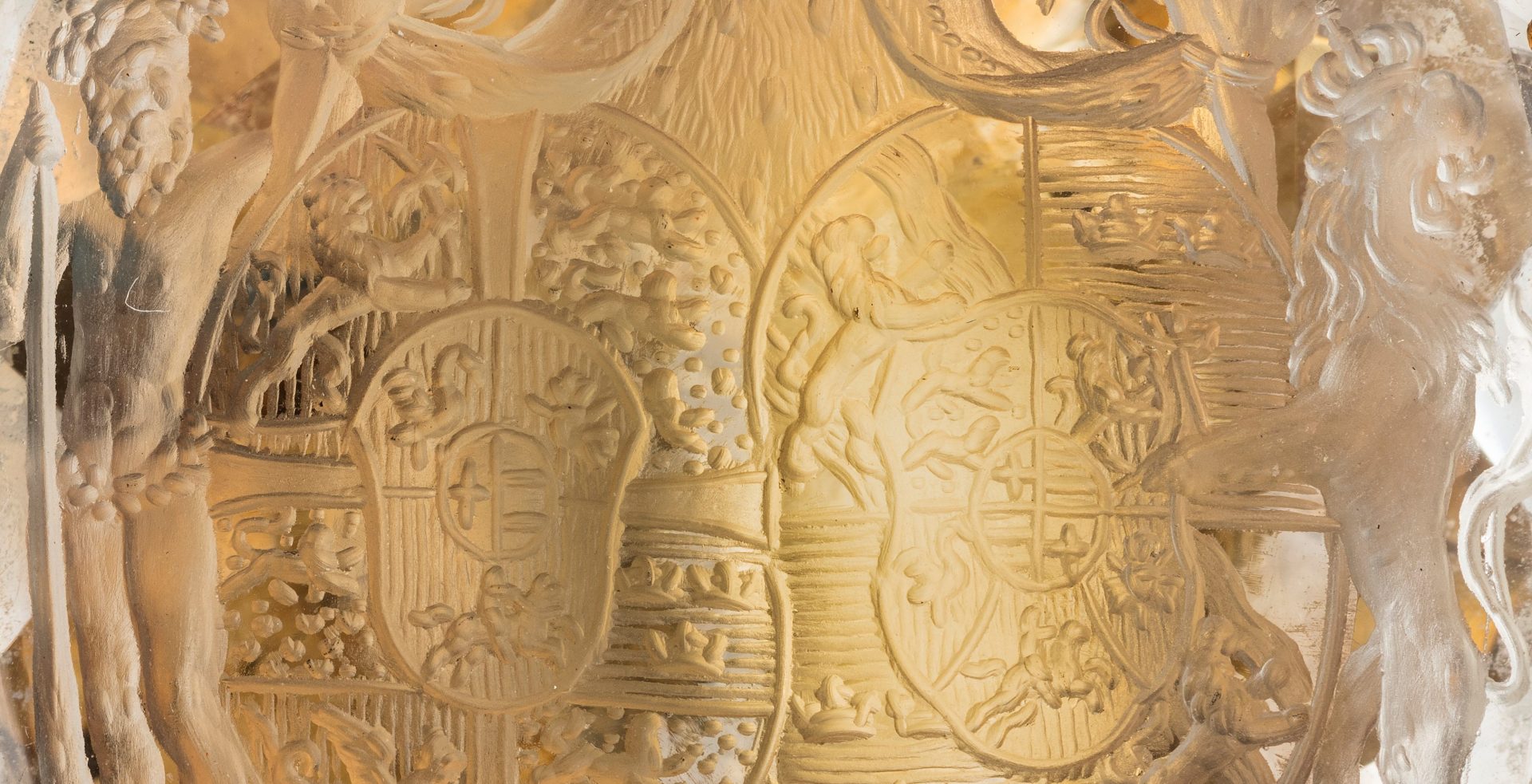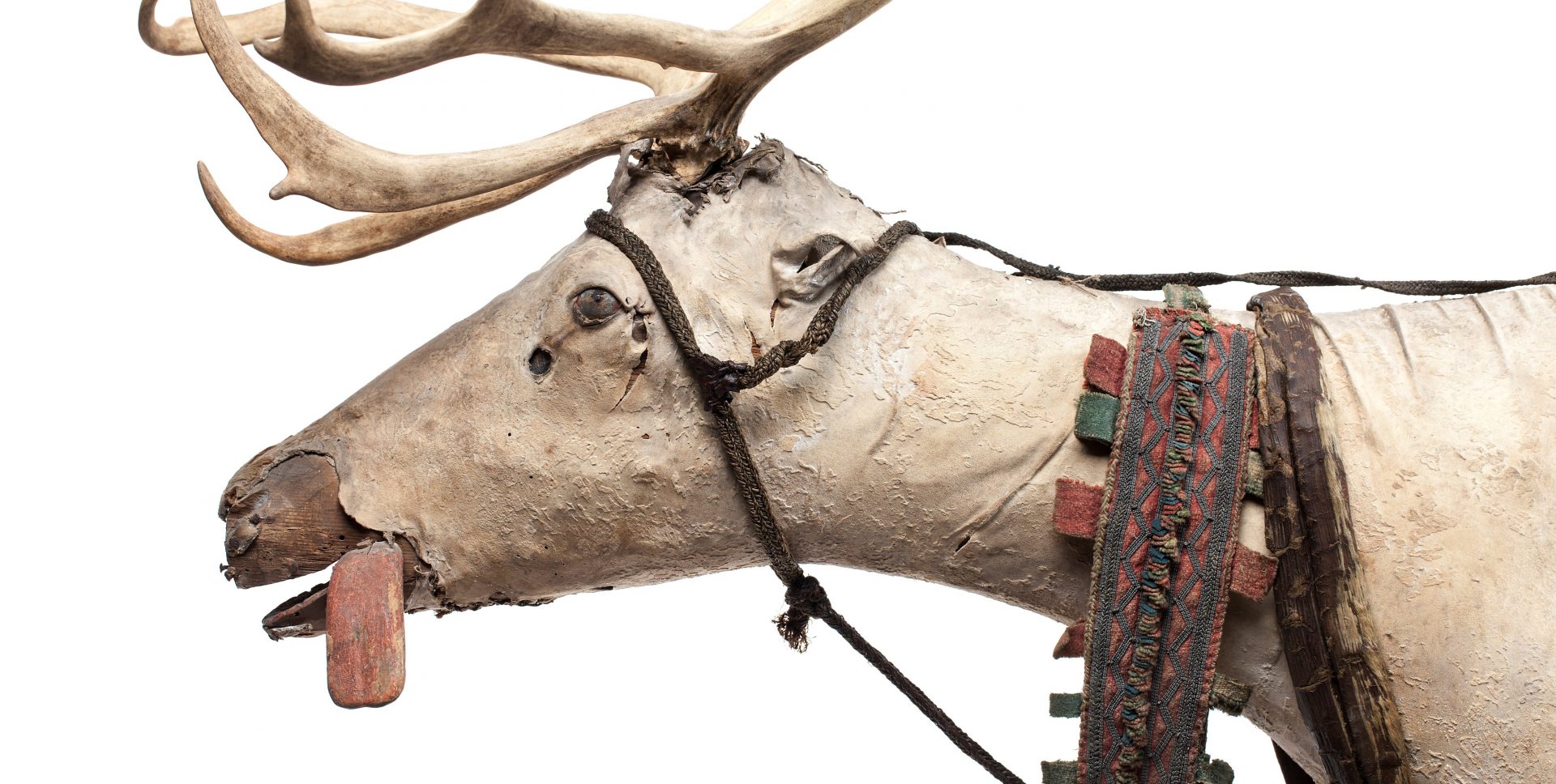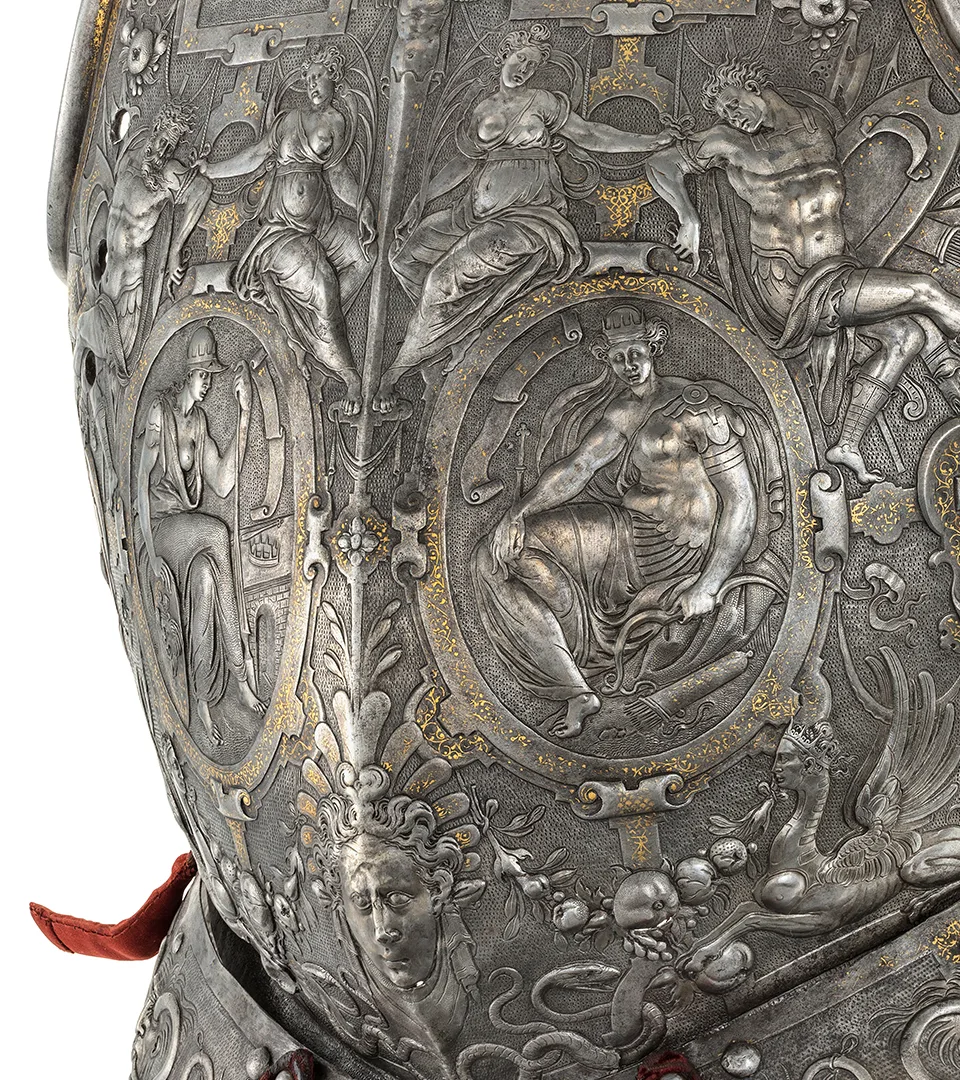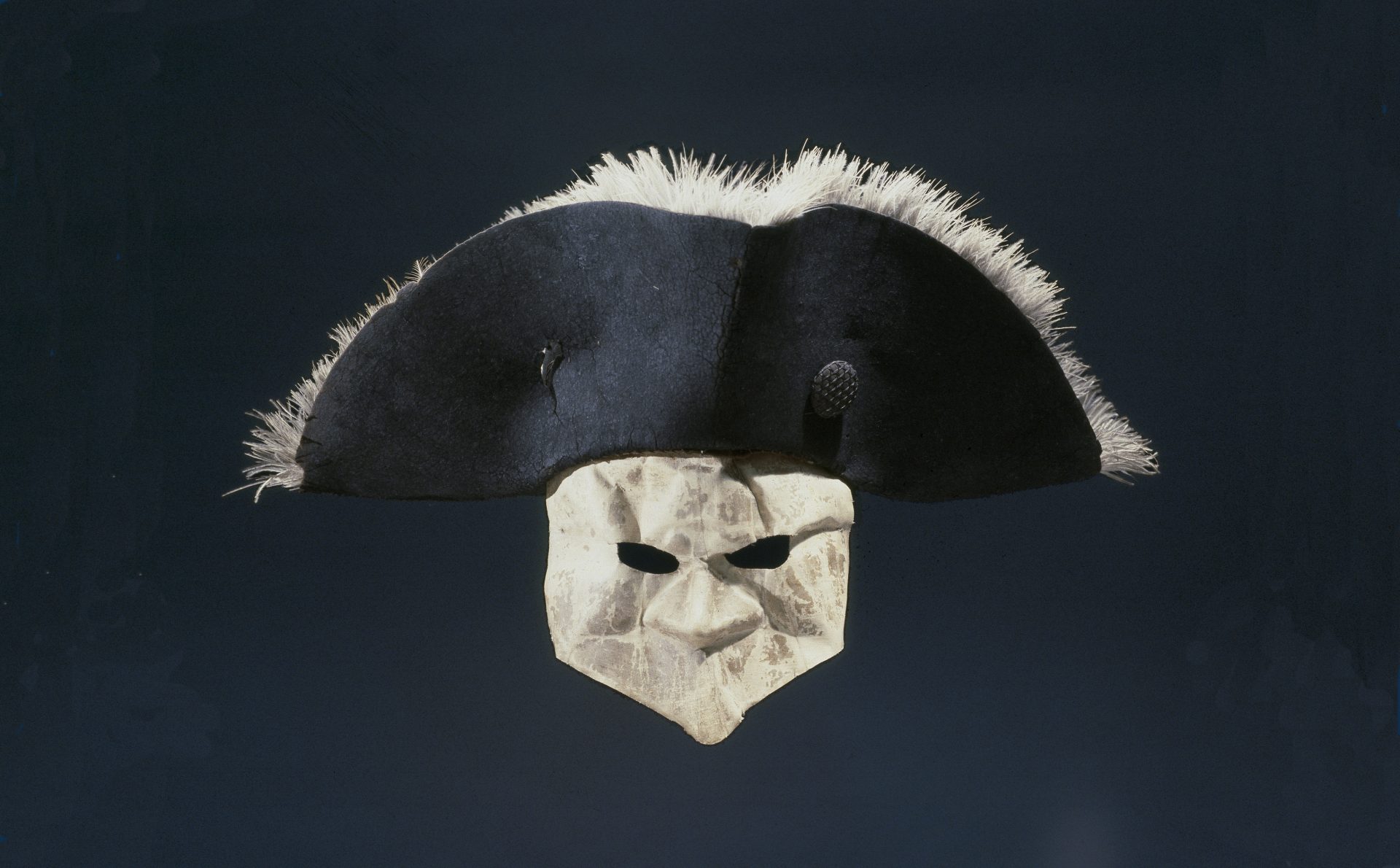
Gustav III’s masquerade costume
Masquerade balls were a regular event at court. When Gustav III’s Opera House was completed in 1782, it became common to hold masquerade balls there. The masquerade at the Opera was open to the public for an entrance fee. Participants most often covered themselves with a simple mask made of wax cloth, like the King’s mask, and a silk cap.
Behind their masks, those present were emboldened to talk to each other more freely. For the King, the masquerade balls could serve as opportunities to join in the public discourse.
Many rumours and murder plots had been circulating in the years before the shot was fired at the King that night in March. Gustav III was not popular among the nobility. The King had made himself an autocratic ruler through a coup in 1772. The nobility no longer had as much influence in the running of the country.
A group of disgruntled noblemen and officers joined forces to carry out an attack and do away with the King. Captain Jacob Johan Ankarström declared himself willing to perform the deed.
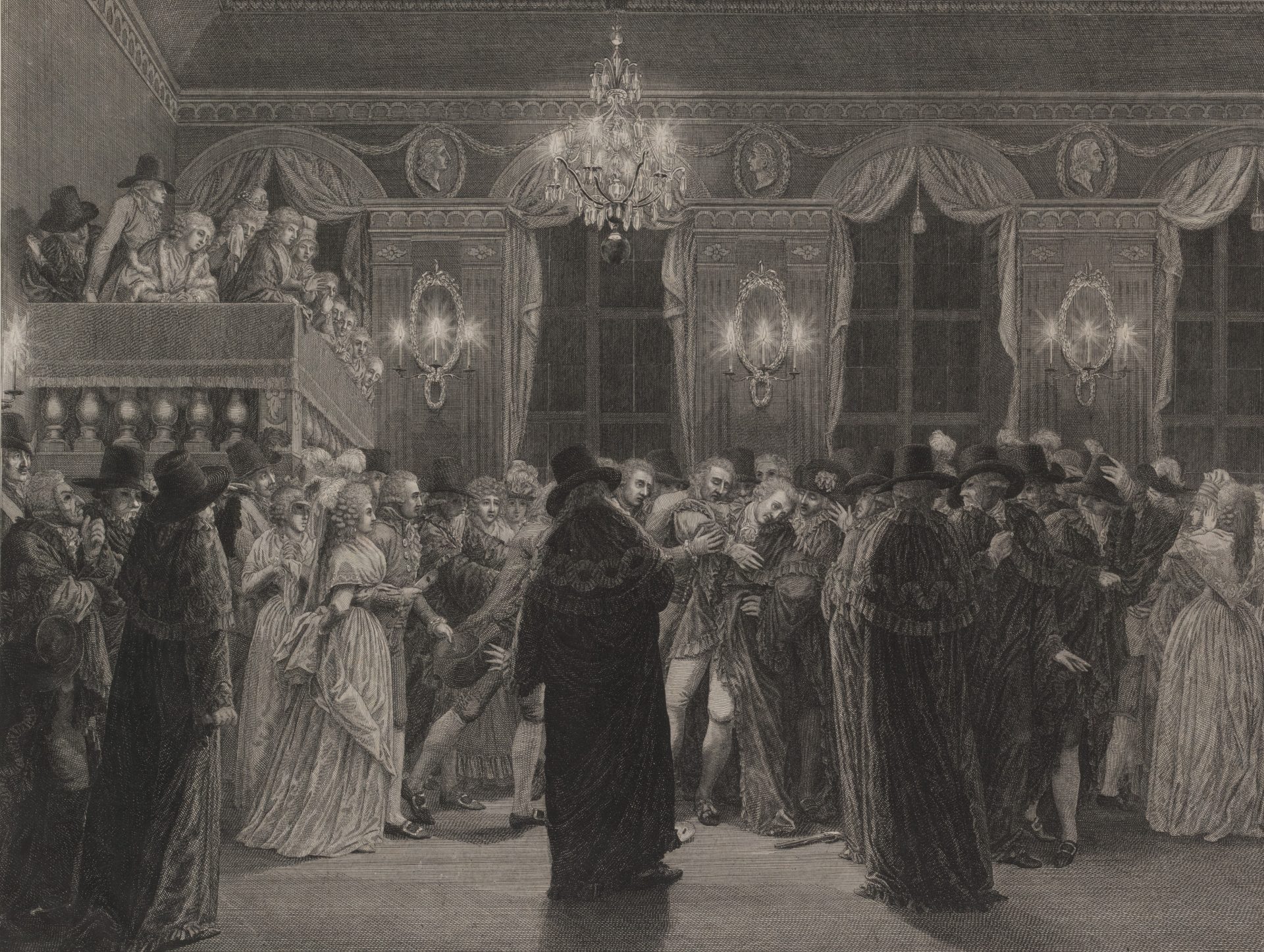
Masquerade costume with the bullet hole
The clothes worn by the King at the masquerade were taken to the murder investigators’ hearing at the Svea Court of Appeal. The impact of the shot could be tracked garment by garment, and the clothes were examined very carefully. After the investigation, the clothes were taken to the Royal Armoury, which has had them on display since 1851.

